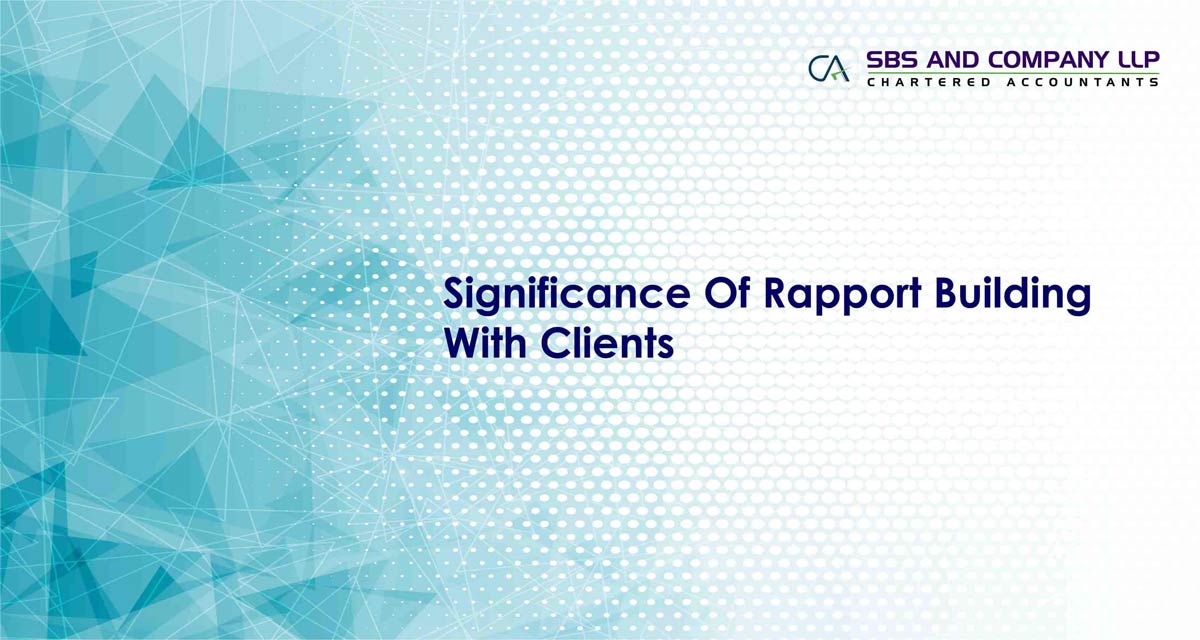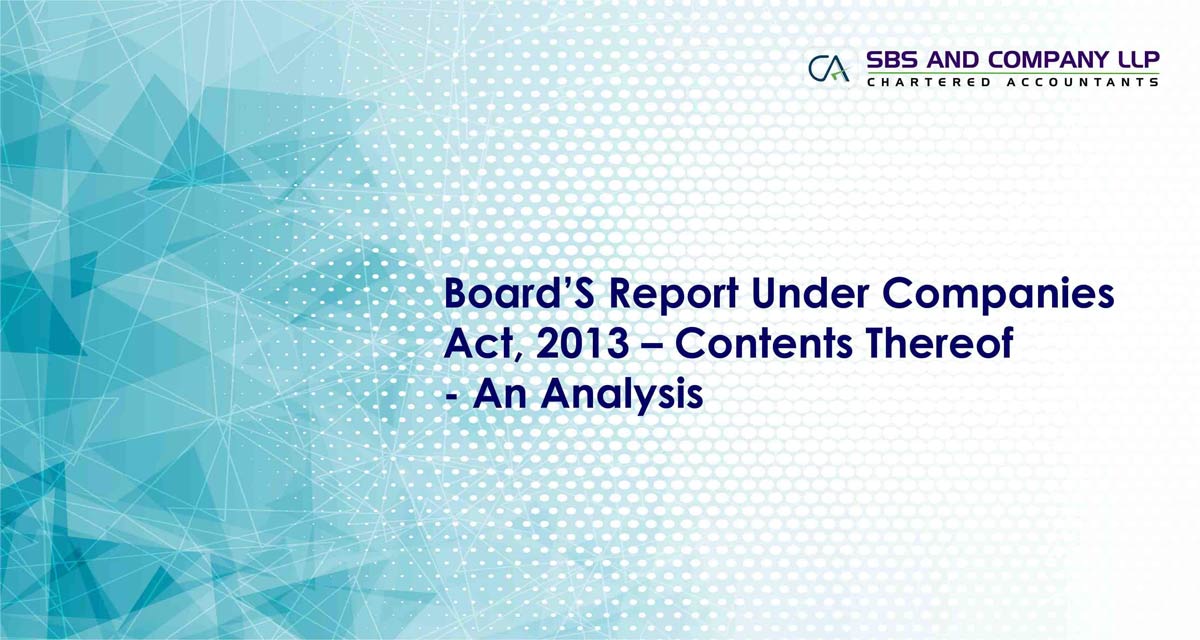The taxability of intangibles in the sphere of indirecttaxation is often ambiguous and litigation prone. The whole country has witnessed the decision of the apex court in the case of Tata Consultancy Services vs
1
State of Andhra Pradeshwherein it was held that intangible intellectual property right in the computer software is ‘goods’ and accordingly chargeable to VAT. Post this judgment, the whole perspective of looking at intangibles from the indirect tax point of view has changed and the taxability of such intangibles has gathered complexity leading to huge litigation since the assessee has to face troubles from both the center and state Revenue Authorities.
In the above context, this article tries to understand the implications under service tax and VAT on the copyrights which originate in the process of movie production. Let us try to understand under what circumstances, a producer of the movie is required to pay VAT or service tax when he exploits various rights involved in the movie. Further, let us also try to understand the taxability when a producer chooses to exploit one right among the bundle of rights pertaining to the movie. In order to understand the answerstothe above questions raised, it isvery importantto have basic knowledge aboutthe business of movie productions, origination of the rights therein and their commercial exploitation.
The person engaged in production of cinematographic film is entitled for various rights namely satellite broadcasting rights, video-on-demand rights, Near video-on-demand service rights, video copyrights, DVD copyrights, Broadband rights, Internet rights, terrestrial TV rights, air borne rights, High sea rights, hotel closed circuit rights, theatrical rights, dubbing rights, sub-titling rights, negative rights, re-assignment rights, remake and reproduction rights and animation rights.
The producer of the cinematographic film exploits all or any of the above rights to generate income by transferring all these rights as a whole on permanent or temporary basis. However, in certain arrangements, the producer might transfer (temporary or permanent) one right among the entire rights to one person and the remaining rights to another person. Let us say, the theatrical rights have been transferred (temporary or permanent) to one company and all other rights pertaining to the film are transferred (temporary or permanent) to another company.
The transfer of rights on a permanent basis would mean that the producer relinquishes allthe rights in the film to another person for a period and during such period, the producer does not have any rights in such film. Such period may be for perpetuity or say5 years. Such a transfer is called as permanent transfer. For example, the producer transfers all rights in the film unconditionally and exclusivelyto another person for a period (5 years or 99 years) and during such period, he does not have any rights in such film. This is the case of permanent tra nsfer.
However, if the producer transfers rights with certain conditions, limitations and reservations, such a transfer is called temporary transfer of such copyright. For example, the producer might transfer distribution rights of a film on a condition that the distribution of such film can be done only for a specific territory. Since such transfer is not an unconditional transfer and not an exclusive one, the transfer results in a temporary mode.
2004-TIOL-87-SC-CT-LB
Now, that we have understood the mode of business and channels for generation of income for the producer, let us proceed further to understand the indirect tax implication on the same.
Under the indirect tax laws, the mode of transfer (temporary or permanent) is very crucial to determine the taxation of such transaction. On a top level discussion, we can conclude that if the transfer is made on temporary basis, there shall be an obligation under service tax law and if the transfer is made on permanent basis, there shall be an obligation under VAT laws. However, what is interestingto understand is the law involved in arriving such conclusions which is explained in the succeeding paras.
To understand the conclusion that the permanent transfer of rights attracts obligation under VAT, a brief background as to how the VAT laws understand the concept of ‘goods’ has to be known. The best method we have is to understand the judgment delivered by the apex court in the case of Tata Consultancy (supra), where in it was held that “Goods may be a tangible property or an intangible one. It would become goods provided it has the attributes thereof having regard to (a) its utility; (b) capable of being bought and sold; and (c) capable of transmitted, transferred, delivered, stored and possessed”.
Hence, from the above it can be understood that the intangibles which have the above attributes can be regarded as ‘goods’ and the rights in cinematographic film undoubtedly satisfies all such attributes and hence carefully it can be concluded that such rights are ‘goods’.
Once, it is concluded that the rights involved in the cinematographicfilm are goods, the next question to be answered is whether the transfer of such right to use the goods (rights of cinematographic film) shall be considered as ‘sale’ under the VAT laws. To answer such a question, the definition of ‘sale’ as laid down under the VAT laws is crucial and let us see whether the definition of ‘sale’ under the state VAT laws covers such transfer of rightto usethe goods under its ambit.
Vide Explanation IV to the definition of ‘sale’ as provided in Section 2(28) of the Andhra Pradesh Value
2
Added Tax Act, 2005, includes the transfer of right to use goods is deemed to be ‘sale’ .
Since that it is concluded that the intangibles are ‘goods’ and transfer of right to use such goods is ‘sale’, now we will try to understand when the obligation to pay VAT arises. The obligation to pay VAT arises only in a scenario where there is transfer of right to use in goods from one person to another on a permanent basis.
Only in the permanent basis, it can be said that the right to use in the goods is transferred to the other person and in all other modes of transfer, the right to use rests with the seller despite of the fact the possession is with the assignee during such period of transfer. Hence, when the producer transfers the right in the cinematographic film on a permanent basis to another person for a consideration, VAT has to be paid on such consideration.
Once, the mode of transfer of right in the cinematographic film is on permanent basis, there shall not be any implications under the service tax law on such transactions since such transactions which are in the nature of ‘Deemed Sales’ are specifically excluded from the definition of ‘Service’ as enumerated in Section 65 B (44) of Finance Act, 1994. Once the said transaction is excluded from the definition of ‘Service’, there shall be no compliance required under service tax law.
However, if the transfer of rights in cinematographic film is temporary in the nature, then such a transaction attracts compliance under service tax law. The same was made unambiguously clear by the legislature by inserting under the Declared Services vide Section 66E (c), ibid as ‘temporary transfer or permitting the use or enjoyment of any intellectual property right’.
So, the question now before us is how to decide a particular transfer to be a temporary or permanent in order to comply under respective laws as described in the above paragraphs. It is not out of context to mention that either under the VAT laws or Service Tax laws, there was mention about how to decide the transfer to be a permanent or temporary. The only test available in this regard is the wisdom laid down by
3
the apex court in the case of BSNL vs. Union Of India. The said judgment lays down five conditions to determine whether the transfer of right to use goods is permanent or temporary. If all the conditions laid hereunder are met, then the said transfer is called permanent or otherwise can be concluded as temporary. The said conditions are:
- There must begoods availablefordelivery;
- There must be consensus ad idem as to the identity of the goods;
- The transferee should have legal right to use the goods– consequently all legal consequences of such
use including any permissions or licenses required thereof should be available to the transferee;
- For the period during which the transferee has such legal right, it has to be the exclusion to the
transferor;
- Having transferred such right to use the goods during the period for which it is to be transferred, the owner cannot again the same rights to others.
Any agreement entered for transfer of right to use goods (in the instant case, rights of cinematographic film) has to be scrutinized as to satisfaction of the above conditions. If all the above laid down conditions are cumulatively satisfied, then the producer of the film has to pay VAT on the consideration received and if any of the conditions mentioned above are not met, then the producer has to pay service tax on such consideration.
So, the above discussion answers the question as to when the producer of the cinematographic film has to pay VAT or service tax when he exploits the right involved in the film. Now, this leaves us with final question to be answered is what is the taxability when a producer chooses to exploit one right among the bundle of rights pertaining to the movie, which is answered hereunder.
Let us answer the above question by taking an example. Say, a producer of the film, who is the exclusive owner of the film, has 4 different rights emanating from the film. The producer chooses to retain 3 rights with him and exploit 1 right (say satellite rights) by transferring to another person for a consideration. The mode of transfer adopted by the producer is a permanent basis and the terms of the transfer state that the buyer has an exclusive right over the satellite right to the exclusion of the seller. Now, the question that needs to be answered is whether this transaction is subjected to service tax or VAT.
From the above discussions, we have learnt that when a transfer of right to use goods is done on a permanent basis, then VAT has to be paid and in all other scenarios, service tax is required to be paid. In the instant example, out of the 4 rights available to the producer, only 1 right is assigned on the permanent basis and the remaining 3 still vests with the producer alone. So, the ambiguity here is whether the permanent basis test is to be applied to all the rights emanating from the film or has to be applied for each individual right.
The consequence of above is, if it is to be applied for all the rights, then the producer in the instant example has to pay service tax on such transaction, since the transfer is not on permanent basis since the 3 rights are still vested with him. If it is to be applied for each right emanating from the film, then VAT has to be paid on the income generated from exploitation of such single right and the same methodology has to be adopted for each and every single right depending upon the mode of transfer.
There is no clarity for the above question in both service tax law and VAT laws. Hence, the resort has to be on the judicial precedents in absence of statutory support. There was a recent judgment by the High
4
Court of Madras in the case of AGS Entertainments Private Limited vs Union of India, wherein the Madras High Court has an occasion to deal with the transfer of copyrights in particular with film industry.
In the said judgment, the High Court has perused various clauses of the agreements pertaining to the transfer of distribution rights and others and concluded that only if the producer transfers all rights pertaining to an intellectual property right that is to say all modes of commercial exploitation then only the said transaction can be called as ‘sale’ and in all other cases the same can be called as temporary transfer wherein service tax is to be paid. That is to say the permanent basis test has to be applied to all the 4 rights (in the example, we have taken)to conclude about the taxability of the transaction.
However, the facts of the case involved in the above judgment are transfer of distribution rights by the producer to the distributor. The producer has only parted the distribution rights pertaining to specific area and for all other areas the producer has right to distribute the movie. That is to say in the facts of the case involved, the producer has not assigned exclusive distribution rights to the distributor, whereas the facts involved in the example we have taken, the producer has assigned exclusive rights to another person. So, we can conclude that the ratio of the decision of the High Court of Madras cannot be straightly adopted duetothevariation inthefacts.
Further, the Honorable High Court at one instance has an occasion (vide Para 76 &77) to deal asto what is the tax implication, if the producer relinquishes all the rights pertaining to the copyright vide one mode of exploitation, that is say in that case the producer has assigned exclusive rights for a particular movie to another person for exhibition of such movie through television for the entire world. However, the High Court did not get into detail in respect of taxation of such transaction and has not given any conclusion.
From the above, we understand that if the producer assigns one right emanating from an intellectual property to any other person exclusively (that isto say allthe conditions mentioned in the BSNLjudgment (supra) are satisfied in respect of such right) then it can be concluded that there shall be no impact of service tax on such right for the reasons mentioned hereunder.
The copyrights in the cinematographic film are bundle of rights. Each right has its own identity and each right involved in the film can be transferred to different persons without affecting other rights involved therein. That isto say, the audio rights involved in a movie can be transferred to one company, the satellite rights to another company and the distribution rights to another company. Each right is independent from other rights and has its own identity and marketability. Hence, the permanent basis test has to be adopted on individual rights and not on the bundle of rights. Since, there are no judicial precedents in the above context, we request the Central Board of Excise and Customs comes up with a clarification before the litigation arises.
This article is contributed by Partners of SBS and Company LLP - Chartered Accountant Company. You can be reached at This email address is being protected from spambots. You need JavaScript enabled to view it.








